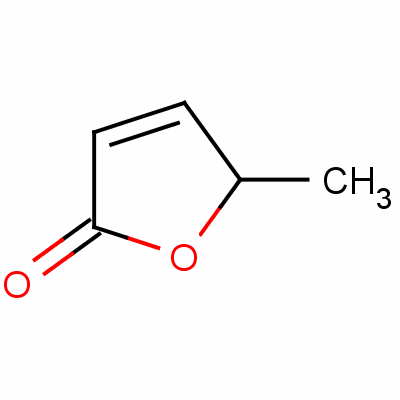Angelica lactone Suppliers, Angelica lactone Manufacturers.
Changsha Huakang Biotechnology Development Co., Ltd.

Angelica lactone
Category :
Pharmaceuticals and Biochemicals/Herbal Plant ExtractSynonyms :
Angelica lactone;CCRIS 2925;2(?H)-Furanone, 5-methyl-;5-Methylfuran-2-oneCAS NO :
1333-38-6EC NO :
215-586-5Molecular Formula :
C5H6O2Molecular Weight :
98.0999Main Specifications :
Ligustilide 1%InChI :
InChI=1S/C5H6O2/c1-4-2-3-5(6)7-4/h2-4H,1H3Packing :
25kg/fiber drum I.D.42CM x H52CMProduct description :
Latin Name: Angelica Sinensis(Oliv.) Diels
Specification: Ligustilide 1%
Test Method: HPLC
CAS No: 4431-01-0
Structural Formula:
Function: The plant Momordica charantia belongs to the family cucuritaceae and is commonly known as
bitter melon. Bitter melon grows in tropical and subtropic areas, including parts of East Africa, Asia,
the Caribbean, and South America, where it is used as a food as well as a medicine.
It produces beautiful flowers and prickly fruit. The fruit of this plant lives up to its name_it tastes bitter.
Although the seeds, leaves, and vines of bitter melon have all been used, the fruit is the safest and
most prevalent part of the plant used medicinally. The juice of the leaves and fruit or seeds is used as an
anthelmintic. In Brazil, the dose for anthelmintic use is two or three seeds. The immature fruit of
M. Charantia tastes bitter due to the cucurbitacius. Cucurbitacius is comprised of a group of triterpenes
including momordicosides, A E, K, L, and momardicius I, II and III.
The roots and fruit are used as an abortifacient.
Uses :
pharmaceutical, health foodMolecular Structure :

About Us - Top Products- Partner with Us - Contact Us - Help - Sitemap
ChemNet is a registered trademark of Zhejiang NetSun Co., Ltd.
